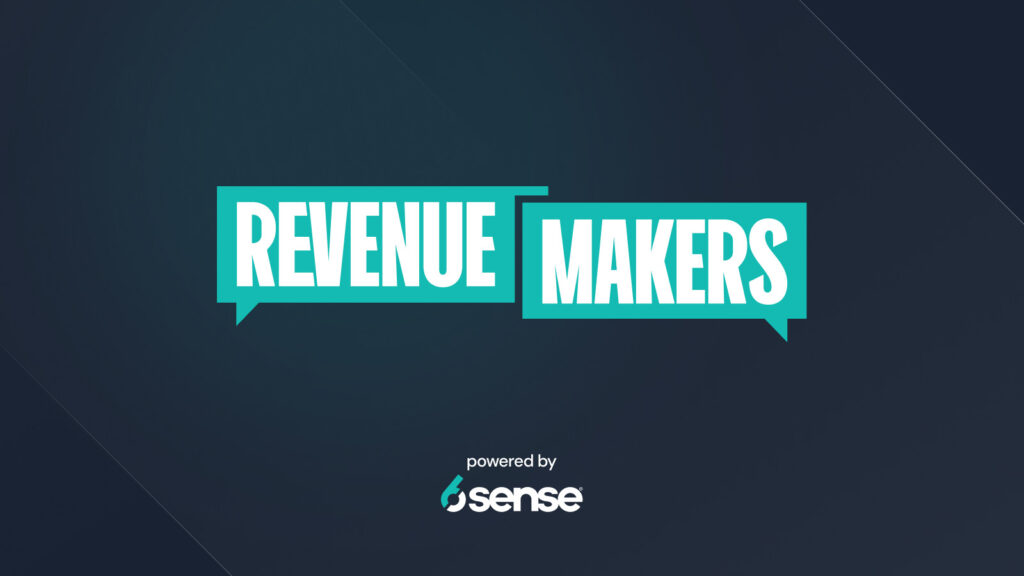What are Psychographics?
Psychographics refers to data about interests, values, lifestyles, and attitudes of an organization’s target audience. The insights gathered through psychographic data can be used to create tailored campaigns for specific customer segments.
Examples of psychographic targeting:
- Providing corporate training services targeting well-educated C-suite executives with disposable incomes.
- Providing managed IT services targeting small- to medium-sized businesses, prioritizing cost-effectiveness, convenience, and security.
- Providing cloud-based software solutions targeting large enterprises that value scalability and the latest technology.
By understanding how different customer segments think and feel, you can create messaging they’re likely to engage with.
Types of Psychographic Data
Marketers use three main types of psychographics:
- Lifestyle: Activities, interests, and opinions. Example: A business prioritizes long-term growth over short-term gains.
- Values: Beliefs and morals. Example: A business is willing to take risks to achieve success.
- Attitudes: Thoughts and feelings about particular topics and products. Example: A business prefers face-to-face meetings with vendors over phone calls.
By using psychographics, businesses can connect with potential customers on an emotional level by aligning campaigns with their needs, preferences, and values. In addition, marketers can scale the personalization of their outreach campaigns with tools like an AI email assistant, once they have access to psychographic data that details the aforementioned lifestyle, values, and attitudes of their ideal customer profiles.
Why are Psychographics Important?
Psychographic data provides insights that benefit organizations in many ways:
- Audience segmentation: Psychographics can help businesses identify and segment their audiences more accurately, allowing them to tailor their marketing strategies to appeal to the right people.
- User experiences: Psychographics can help businesses make better decisions about their product offerings, to make sure they meet customer needs.
- Campaign and content personalization: Psychographics can provide insight into buyer motivations and preferences, enabling businesses to craft more effective messaging.
- Customer relationships: Psychographics enable businesses to form deeper relationships with customers, as they have a better understanding of their needs and desires.
Psychographics vs. Demographics
Psychographics and demographics are two distinct approaches to understanding customers and their behavior.
| Psychographics | Demographics |
| Qualitative measures | Quantitative measures |
| Focus on motivations, attitudes, values, and lifestyle | Focus on characteristics like age, gender, and location |
| Concerned with why people buy products and services | Concerned with who buys them |
| Provide insight into consumer behavior and buying decisions | Provide insight into the makeup of a population |
| Used to segment markets and identify target audiences | Used to measure the size of a market |
| Uncover hidden opportunities | Show existing opportunities |
Collecting both types of data enables you to create hyper-targeted customer segments and personalize ABM campaigns that’ll resonate with different members of your audience.
How to Find Psychographic Data
There are various ways to collect psychographic data about your customers and prospects, like:
- Customer and prospect surveys and interviews
- Analysis of audience behavior and engagement on social media platforms
- Focus groups for getting unbiased reactions to products and services
- Analysis of customer buying patterns
- Implementing tools that collect third-party insights like 6sense
See for yourself how 6sense can provide robust customer intelligence like psychographic data, intent data, and more. Request a demo today:





